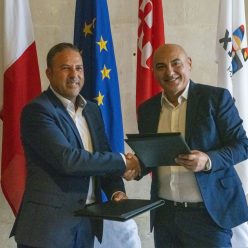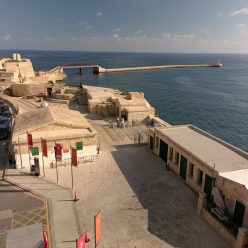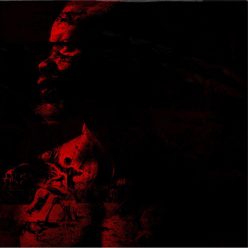by Warren Bugeja
For many religions, the afterlife is often represented as an eternal vacation from the toil and strife of mortal existence. You wouldn’t expect to lift a finger once you were dead and buried. The ancient Egyptians made sure of this, burying statuettes called ‘Shabtis’ in their tombs, which were supposed to carry out any strenuous work on behalf of the deceased in the afterlife.
‘During the New Kingdom (1539-1077 BC), around 400 Shabtis could be found per burial,’ explains Sharon Sultana, Senior Curator for the National Museum of Archaeology. The ancient Egyptians were taking no chances.
These statuettes form part of a small collection of funerary and votive objects within the national reserve collection. They were loaned temporarily by Heritage Malta to the newly refurbished Gozo Cathedral Museum to coincide with the Opera of Aida by Giuseppe Verdi held at the Aurora Theatre in Gozo last weekend.

More than 100 members of the public and Verdi enthusiasts turned up at the Citadel, Gozo on Friday, the 14th of October, to attend a pre-opera lecture which consisted of presentations by International Stage Director Vivien Hewitt and Heritage Malta’s Sharon Sultana. First, Hewitt gave a detailed historical background to the Opera and provided the audience with an insightful preview of her interpretation of Franco Zeffirelli’s designs for the 2001 Busseto edition of Aida, which were adapted for the Aurora production. This was followed by Sharon Sultana’s well-received talk on the provenance of the Egyptian artefacts and how they came to be in Malta’s National Collection. Most of the artefacts were donated by Lord Grenfell, the British Governor in Malta, between 1899 and 1903. It was under his governance that Malta’s first public museum was set up, curated by Dr Temi Zammit. These Egyptian artefacts formed part of Grenfell’s own collection, which he donated to The Museum before leaving Malta.
Attendees were then invited to walk to the Gozo Cathedral Museum nearby to view the Egyptian exhibits, where Ms Sultana was at hand to answer any queries.
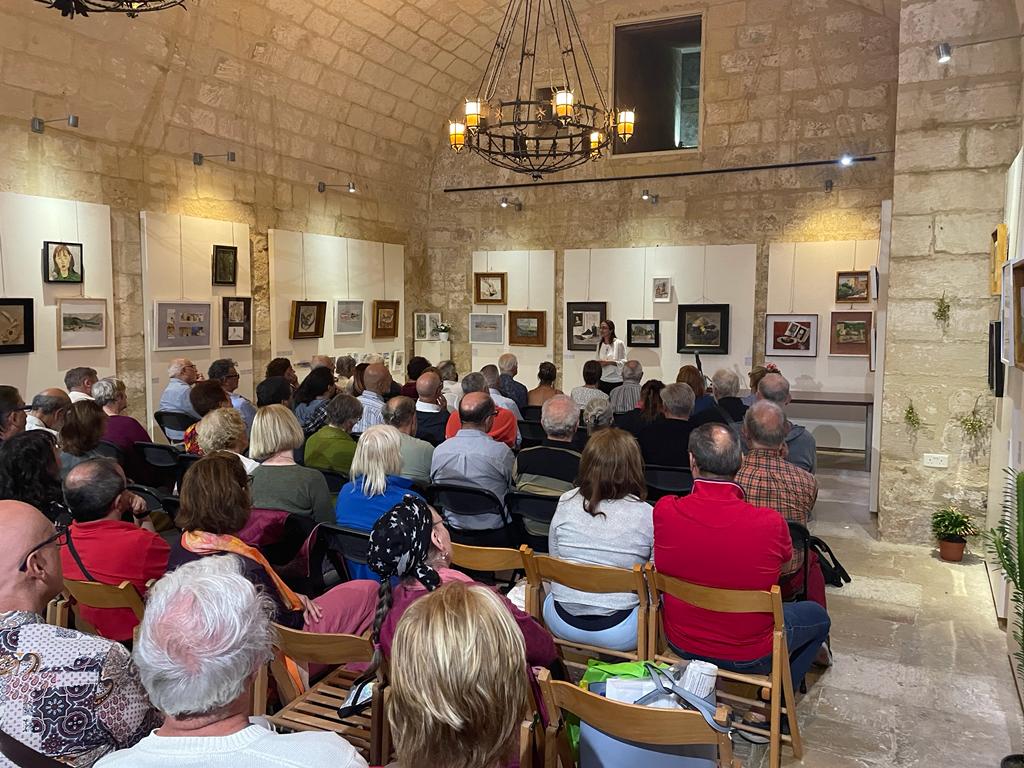
The exhibit entitled ‘L’Oltretomba’ was only on display from the 13th-15th of October as an extension of activities organised around the debut of the Opera. Mr Michael Sultana, Principal Box Officer for the Aurora Theatre introduced the speakers and praised Heritage Malta for their quick and positive response to the Aurora Theatre’s request for the brief loan of the Egyptian Artefacts. Heritage Malta is committed to ensuring public access to the National Collection and welcomes these initiatives as part of its outreach programme.
The Egyptian collection at the National Museum of Archaeology is currently being researched as part of an ongoing collaborative agreement between Heritage Malta and the Rijksmuseum van Oudheden in Leiden. There are plans in the pipeline for a national exhibition on Egyptian artefacts within the National Collection once this research has been concluded.
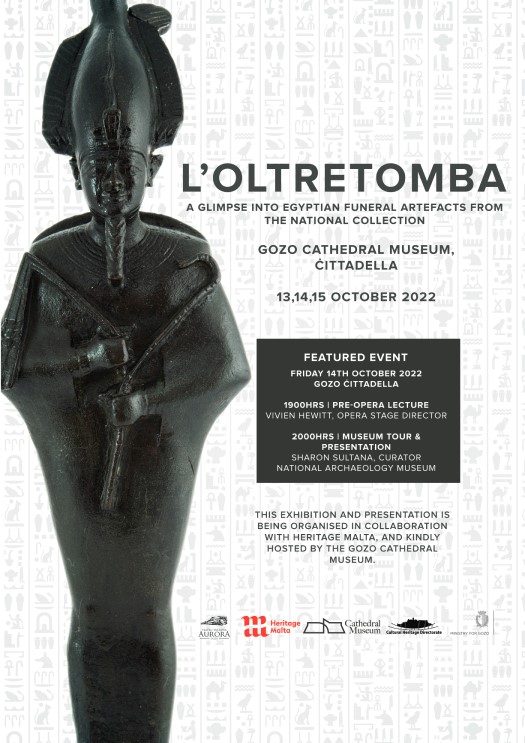
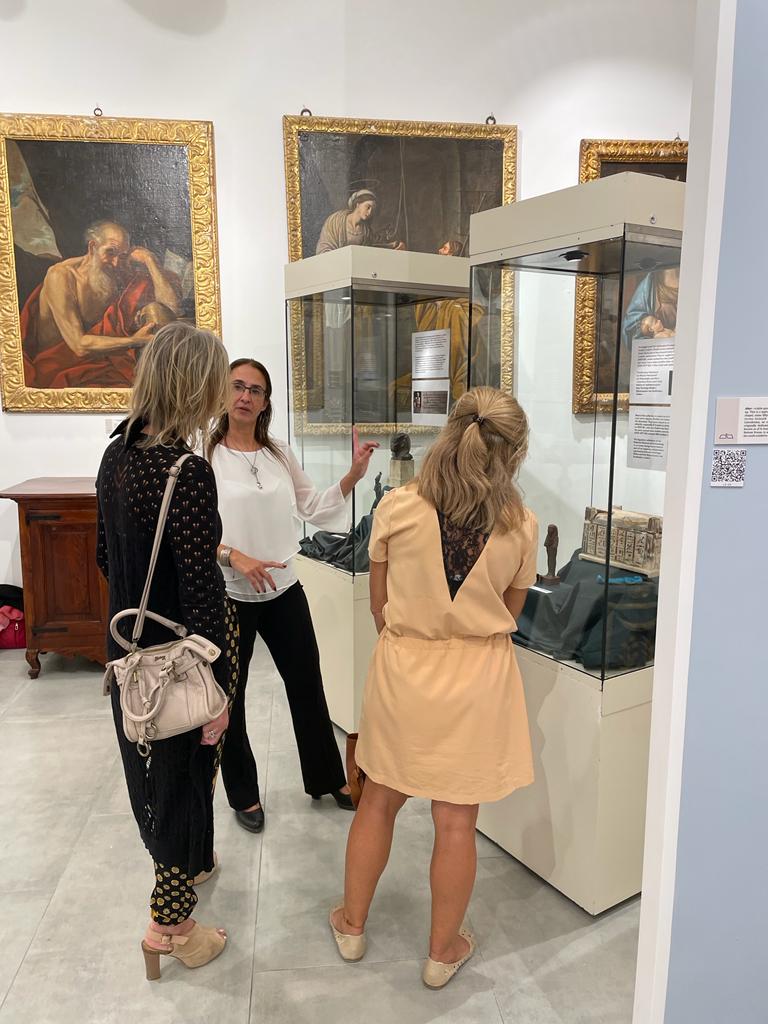
Latest News
6th September 2024
More Calls for Applications for the maltabiennale.art 2026
21st August 2024
Extended Hours at Five Key Heritage Malta Sites Until October
16th August 2024
Preparations for maltabiennale 2026 Kickstarted
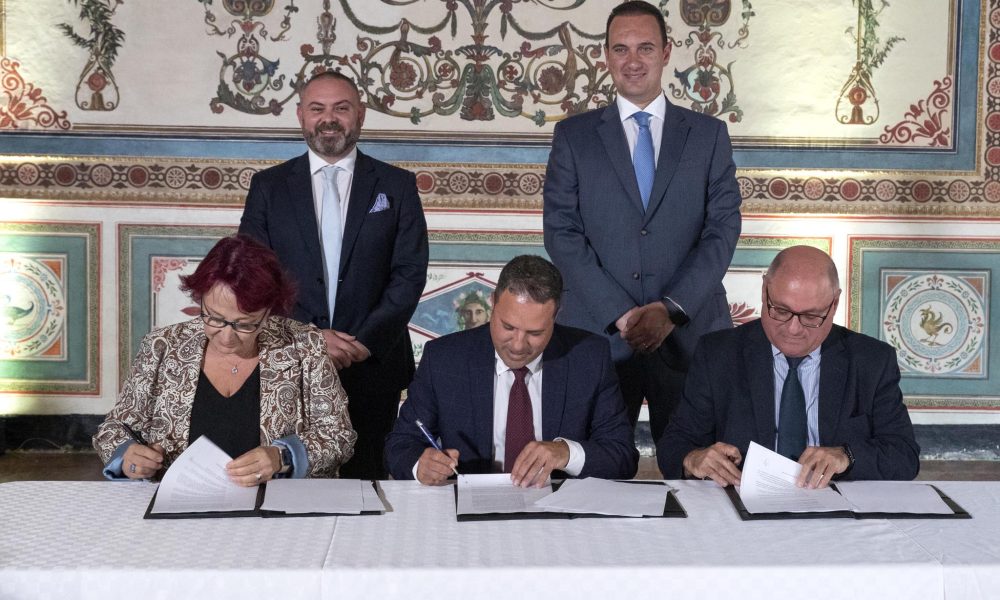

Up Next
Press Releases | 13th October 2022
